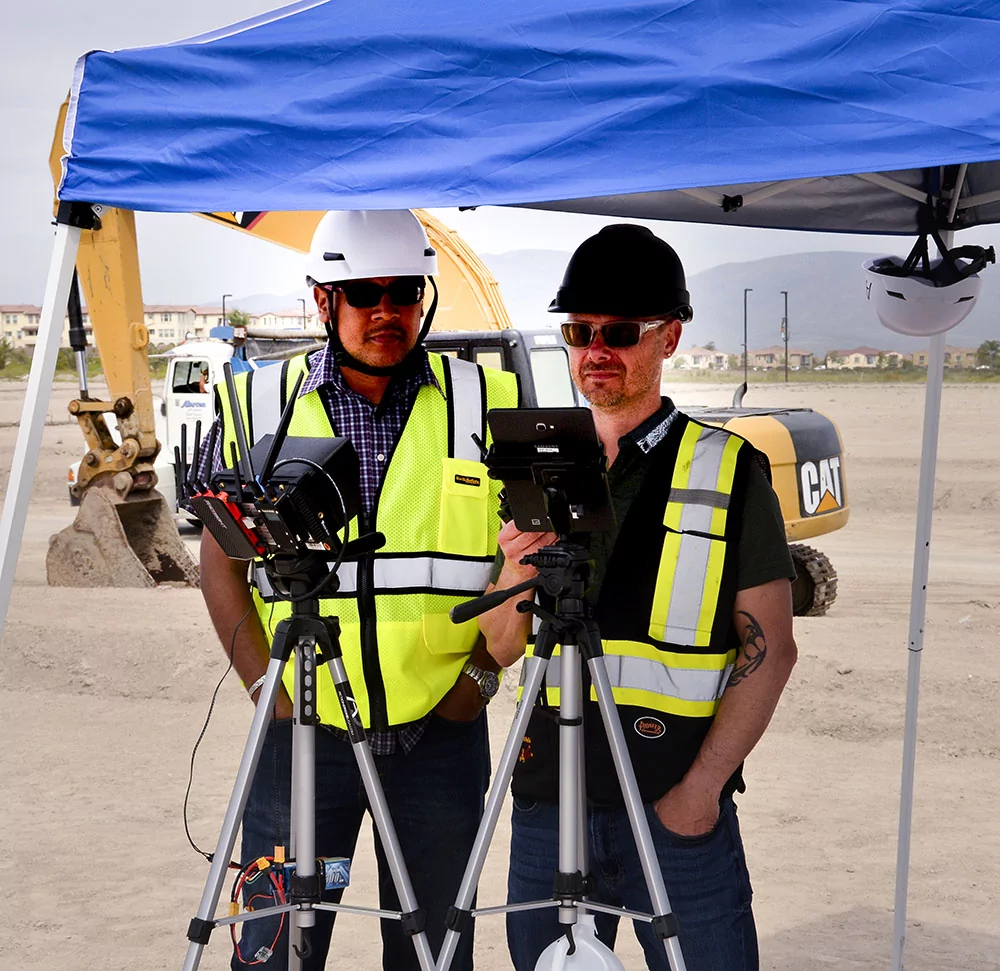 We offer an operations-specific flight review training course that will allow you to undertake the Transport Canada flight review with confidence. The flight review training course covers the principle areas required such as:
We offer an operations-specific flight review training course that will allow you to undertake the Transport Canada flight review with confidence. The flight review training course covers the principle areas required such as:
 Pre-flight planning procedures
Pre-flight planning procedures
 Emergency procedures
Emergency procedures
 Take-off procedures
Take-off procedures
 Manual flight control procedures
Manual flight control procedures
 Lost link procedures
Lost link procedures
 Fly-away procedures
Fly-away procedures
 Landing procedures
Landing procedures










